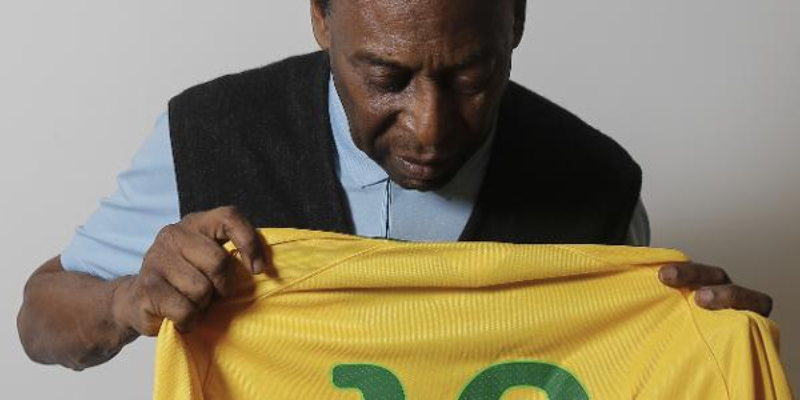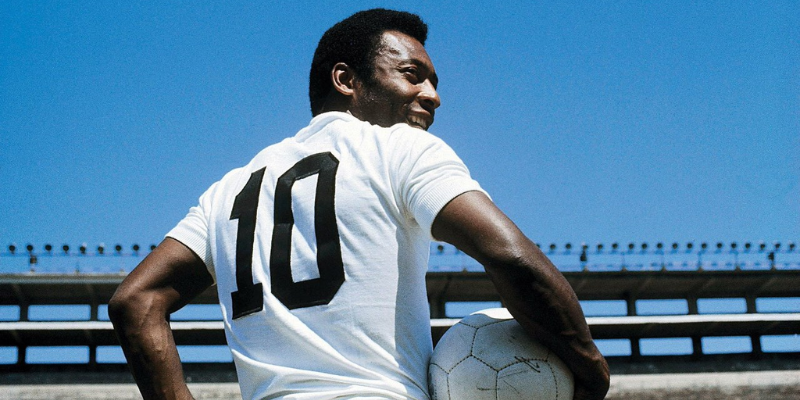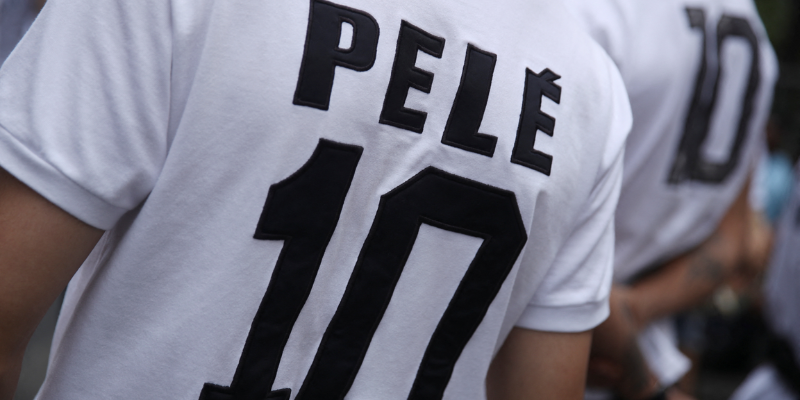Why did Pelé wear number 10 has become one of football’s great origin stories—not because of planning or strategy, but by pure chance. FreeKickSEO will take you through the twist of fate that gave Pelé his legendary number, how it became part of his identity, and why it still matters today.
The accidental assignment of number 10

When Brazil entered the 1958 World Cup in Sweden, the squad had not been fully organized in terms of who would wear which shirt numbers. The Brazilian Football Confederation failed to submit the player‐number mapping before the tournament. So FIFA intervened. The numbers were assigned by draw or by registration order—not by position or seniority.
Pelé, then just 17, was among the younger, less known players in the squad. Despite this, when the numbers were handed out, he ended up withnumber 10*, without having chosen it or expecting it.
He embraced the responsibility and the number
Getting number 10 was pure chance — but Pelé turned it into something much more. Once he had the jersey, he owned it. In that 1958 tournament, wearing no. 10, he broke into the world stage: he scored multiple goals—including two in the final against Sweden—and helped Brazil win their first ever World Cup., Pelé refused to wear any other number. Whether at Santos, Brazil, or later at New York Cosmos, the no. 10 became inseparable. It wasn’t just a shirt; it was his mantle.
How number 10 became iconic because of Pelé

Before Pelé, shirt numbers were mostly just functional—goalkeepers 1, often defenders and midfielders in early numbers, but nothing mystical about them. But after Pelé’s breakthrough, number 10 gained prestige. It became the symbol for the creative, playmaking attacking star—the player who could both score and orchestrate.
Players like Maradona, Zidane, Ronaldinho, Messi, and others followed in that legacy, wearing no. 10 not just because of heritage, but because it represented a style, a role in the team, the weight of expectations. Pelé had laid that foundation by wearing number 10 and making it shine in his performances.
Common myths and clarifications
There are several stories around how and why Pelé got number 10. Some say he was the 10th player registered; others that it was by drawing lots; others still that the number was simply available. Pelé himself has said things like “the number fell to me” in interviews, underlining the accidental nature of the assignment.
Another myth is that he wore number 9 or something else sometimes for Brazil—but records show that after 1958, except for rare exceptions (injuries, substitutions, etc.), he kept number 10 for both club and country.
The symbolism and legacy of Pelé’s number 10

Because of what Pelé did wearing number 10—World Cup wins, hat‐tricks, dazzling plays—the number ceased being just a shirt number. It started to mean artistry, vision, creativity, leadership. To wear 10 is to accept a burden and an honor, because Pelé made every time he wore it feel like you were watching someone destined for greatness.
Brazilian football culture especially elevates the number 10 to almost mythic status: wearing that number means carrying the legacy of Pelé, among others. For younger players, getting offered number 10 is a sign of respect, trust, ambition.
Why did Pelé’s number 10 still matter after 1958
- He continued wearing it through the most successful periods of his career: Santos’ domestic and international glories, and Brazil’s further World Cup triumphs.
- His performances in 1970, in particular, cemented number 10’s association with mastery—he was no longer just a young revelation, but a mature icon.
- Even decades after retiring, the image of Pelé in #10 persists in fan culture, jerseys, media—he set the benchmark for what it means to wear 10.
Conclusion
Why did Pelé wear number 10 isn’t a story about planning—it’s a story about fate meeting greatness. FreeKickSEO has shown you how an administrative slip-up led to the world getting one of its most defining football moments. Pelé didn’t choose number 10 at first, but he made sure the number would forever choose him.
If you’re curious to see the full list of legendary number 10s, or want to dig into how other stars (Messi, Maradona, Ronaldinho) lived up to that symbol, stay tuned! For now, whenever you see a player with number 10, remember: that number once fell onto a 17-year-old by chance—and changed football forever.






